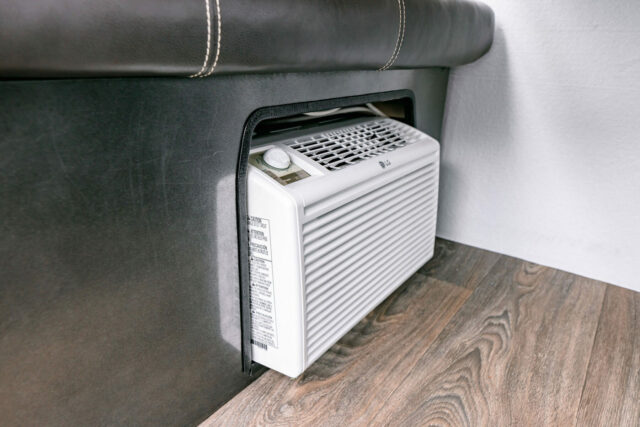Pop-up campers have been around as long as there have been campers; as portability, maneuverability, living space, and comfort are rarely simpatico. Canvas is generally an excellent material for outdoor activities but has limitations when faced with turbulent and extreme weather or, Lord forbid, sharp claws and blades (the chances of being attacked in your elevated canvas side pop top camper are minuscule, but not zero). Is the Cube Camper the best of both worlds?


The Cube Series camper features lightweight materials such as insulated, vacuum-bonded infused resin, fiberglass, aluminum, and steel. These materials are combined in the construction process to ensure toughness, waterproof properties, and superior insulation, theoretically making it an ideal companion for various weather conditions.

The Cube is designed to fit in most garages while still loaded on the pickup truck, and the camper comes equipped with a fast-load inside bed anchor system that utilizes the factory tie-down systems already installed on the truck, eliminating the need for costly external tie-down systems.


With dry weights ranging from 1,206 to 1,750 pounds depending on the selected options, the Cube Series is designed to fit in the bed of most sub-compact pickups like the Toyota Tacoma, Chevy Colorado, Ford Ranger, and similar models, as well as full-size pickups. Its innovative tie-down system using factory tie-down rings inside the pickup bed ensures a secure fit during transportation. The low profile and jack system can be adjusted to increase ground clearance to allow for greater maneuverability on tight off-road trails. The Cube is, however, substantially wider than a Toyota Tacoma (as pictured) and would be better suited as a base camp for vehicle-independent off-road exploration.




Delving into its interior features, the Cube Series boasts an ultra-lite 100% aluminum basement structure and molded fiberglass main tub, walls, and roof–all infused and vacuum-bonded for enhanced strength and lighter components. The interior includes aluminum cabinetry, thermo-foil countertops, a two-burner range with a sink and glass top, synthetic leather upholstery, an opposing dinette that can convert to a 75-inch sleeper, a cavity for up to four house batteries, and LED interior lighting.


The interior seems large enough to be comfortable for a couple, and the addition of a small optional cassette toilet with a hideaway cabinet only adds to the practicality. It also seems possible to add a suspended cot for those who travel in threes.




The convenience features include a 12 volt LED entry light, enclosed service center access panels for water tanks, holding tanks, and electronics, a 16,000 BTU forced air furnace, a 1.7-gallon (12-volt) water heater, an exterior shower, and an electric water pump. The camper also offers a relatively compact 21-gallon freshwater tank and a 10-gallon gray water tank.


For those seeking customization, the Cube Series offers a range of optional extras, including exterior color choices, a 110-volt electric refrigerator, fold-up glow step entry stairs, a cabinet, air conditioning, solar panels, etc. Aside from the toilet, we would invest in the (reinforced?) manual camper lifting jacks with a removable jack mount system, as this camper screams base camp! And, as a base camp, the Cube Camper Series may, in fact, be the best of both worlds for the right buyer.
The Cube Series camper is built in Oregon with a dealer network in Nevada, Texas, Washington, and Oregon.
Starting at $43,509
Our No Compromise Clause: We do not accept advertorial content or allow advertising to influence our coverage, and our contributors are guaranteed editorial independence. Overland International may earn a small commission from affiliate links included in this article. We appreciate your support.


